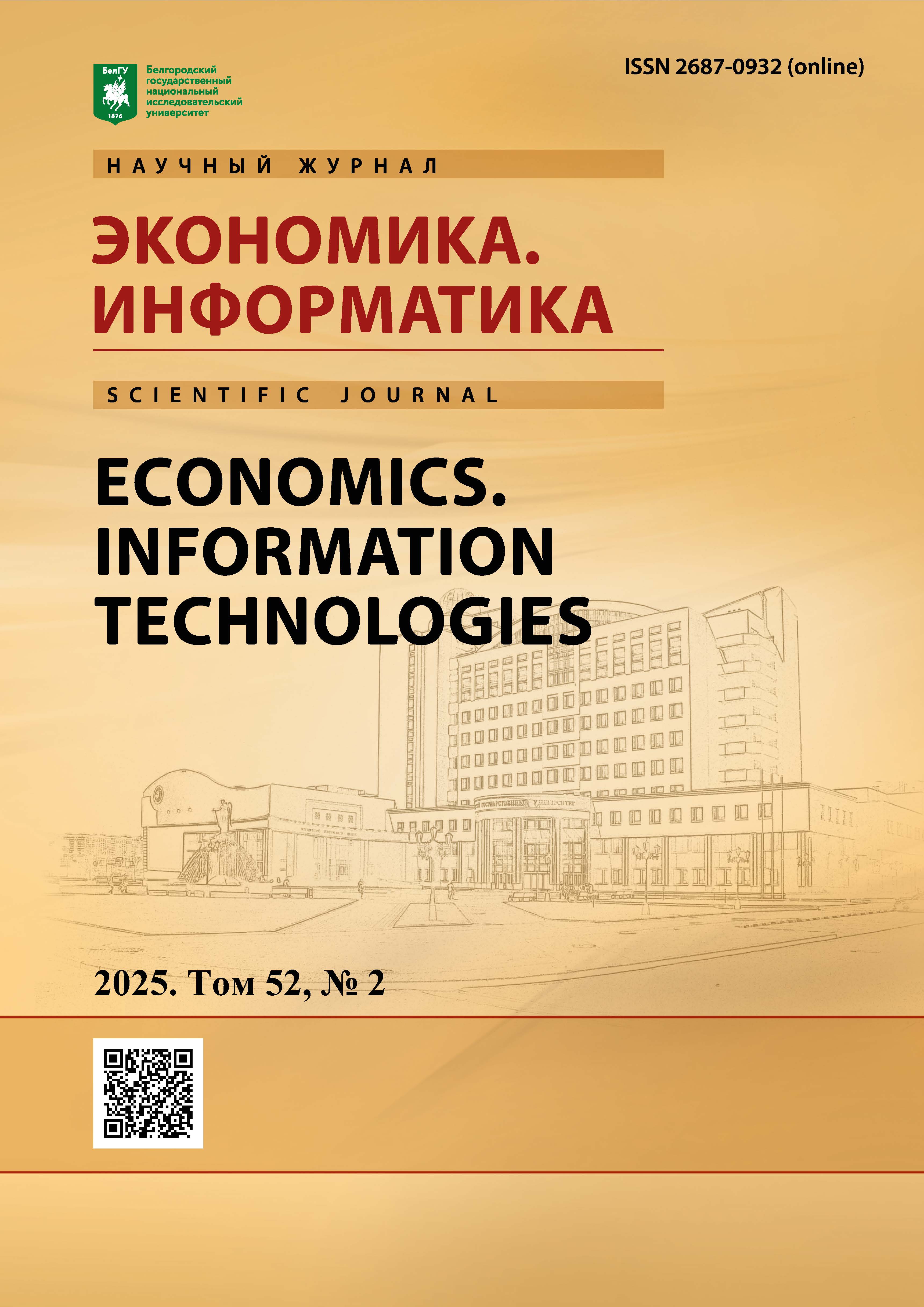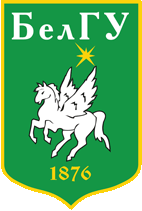Modeling of Signal Responses from UAVS Using Doppler Radar and their Spectral Analysis
DOI:
https://doi.org/10.52575/2687-0932-2025-52-2-413-420Keywords:
micro-Doppler signal, radar, spectral analysis, FFT, STFT, Hilbert-Huang, cepstrum, wavelet, Wigner-VilleAbstract
The article provides a detailed mathematical description of algorithms for modeling Microdopler signal responses that occur during the movement of unmanned aerial vehicles, as well as methods for their spectral analysis implemented in the MATLAB environment. The basics of radar signal generation using frequency manipulation, which makes it possible to effectively isolate Microdopler components, are considered. Special attention is paid to modern spectral processing methods, including the fast Fourier transform, the quadratically weighted Fourier transform, the Hilbert-Huang transform, cepstral analysis, the wavelet transform, and the Wigner-Ville distribution. A comparative analysis of these methods is carried out, their key advantages and disadvantages are highlighted in relation to the processing of Microdopler signatures of unmanned aerial vehicles. The results of the study can be used to improve the accuracy of identification and classification of moving objects in radar systems.
Downloads
References
Список литературы
Вишвакарма С., Рам С.С. 2018. Изучение словаря с низкой вычислительной сложностью для классификации микродопплеров человека на нескольких несущих частотах. IEEE Access, 6: 29793–29805.
Горяинов В.Т., Журавлев А.Г., Тихонов В.И. 2020. Статистическая радиотехника: Примеры и задачи. М.: Горячая линия – Телеком, 640 с.
Марпл-мл. С.Л. 2020. Цифровой спектральный анализ и его приложения. М.: Мир, 584 с.
Радзиевский В.Г., Сиверс А.П. 2020. Теория и техника радиолокационных измерений. М.: Радиотехника, 320 с.
Сергиенко А.Б. 2021. Цифровая обработка сигналов. СПб.: Питер, 1024 с.
Солонина А.И., Улахович Д.А., Арбузов С.М. 2019. Алгоритмы и процессоры цифровой обработки сигналов. СПб.: БХВ-Петербург, 784 с.
Степанов О.А. 2019. Обработка радиолокационных сигналов на фоне помех. М.: Радиотехника, 488 с.
Тихонов В.И., Харисов В.Н. 2018. Статистический анализ и синтез радиотехнических устройств и систем. М.: Радио и связь, 608 с.
Чен В. 2021. Микродоплеровский эффект в радиолокации. М.: Техносфера, 424 с.
Чен Х., Хуан Ю., Гуан Дж., Хэ Ю. 2017. Обнаружение и извлечение радиолокационного микродоплеровского сигнала с помощью кратковременного дробного преобразования Фурье. Международная конференция по радиолокационным системам (Radar 2017). Международный технологический университет, 4: 1–4.
Эрол Б., Амин М.Г., Гурбуз С.З. 2018. Автоматическое проектирование цепстральных объектов с частотным искажением данных для классификации микродопплеров. Труды IEEE по аэрокосмическим и электронным системам, 4: 1724–1738.
References
Vishwakarma S., Ram S.S. 2018. Learning a Low-Computational Complexity Dictionary for Classifying Human Micro-Dopplers at Multiple Carrier Frequencies. IEEE Access, 6: 29793–29805 (in Russian).
Goryainov V.T., Zhuravlev A.G., Tikhonov V.I. 2020. Statistical Radio Engineering: Examples and Problems. Moscow: Goryachaya Liniya – Telecom, 640 p (in Russian).
Marple Jr. S.L. 2020. Digital Spectral Analysis and Its Applications. Moscow: Mir, 584 p (in Russian).
Radzievskiy V.G., Sivers A.P. 2020. Theory and Technology of Radar Measurements. Moscow: Radio Engineering, 320 p (in Russian).
Sergienko A.B. 2021. Digital Signal Processing. St. Petersburg: Piter, 1024 p (in Russian).
Solonin AI, Ulakhovich DA, Arbuzov SM 2019. Algorithms and processors for digital signal processing. SPb.: BHV-Petersburg, 784 p (in Russian).
Stepanov OA 2019. Processing radar signals against the background of interference. Moscow: Radio Engineering, 488 p (in Russian).
Tikhonov V.I., Kharisov V.N. 2018. Statistical analysis and synthesis of radio engineering devices and systems. Moscow: Radio and Communications, 608 p (in Russian).
Chen W. 2021. Micro-Doppler effect in radar. Moscow: Technosfera, 424 p (in Russian).
Chen H., Huang Y., Guan J., He Y. 2017. Detection and extraction of radar micro-Doppler signal using short-term fractional Fourier transform. International Conference on Radar Systems (Radar 2017). International University of Technology, 4: 1–4 (in Russian).
Erol B., Amin M.G., Gurbuz S.Z. 2018. Automatic Design of Zeptral Objects with Frequency Distortion Data for Micro-Doppler Classification. IEEE Transactions on Aerospace and Electronic Systems, 4: 1724–1738 (in Russian).
Abstract views: 290
Share
Published
How to Cite
Issue
Section
Copyright (c) 2025 Economics. Information Technologies

This work is licensed under a Creative Commons Attribution 4.0 International License.


